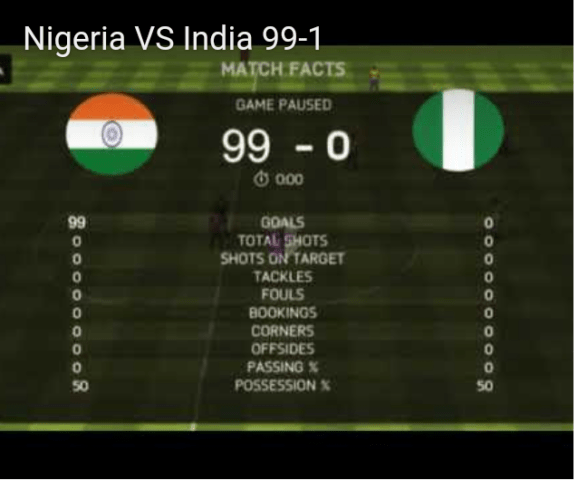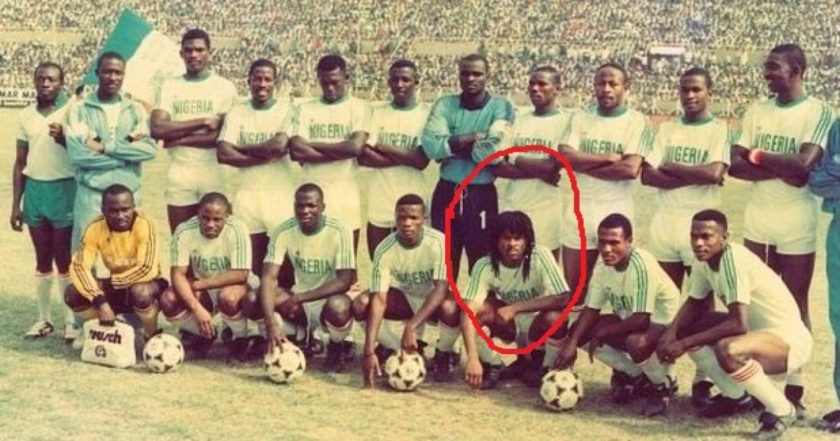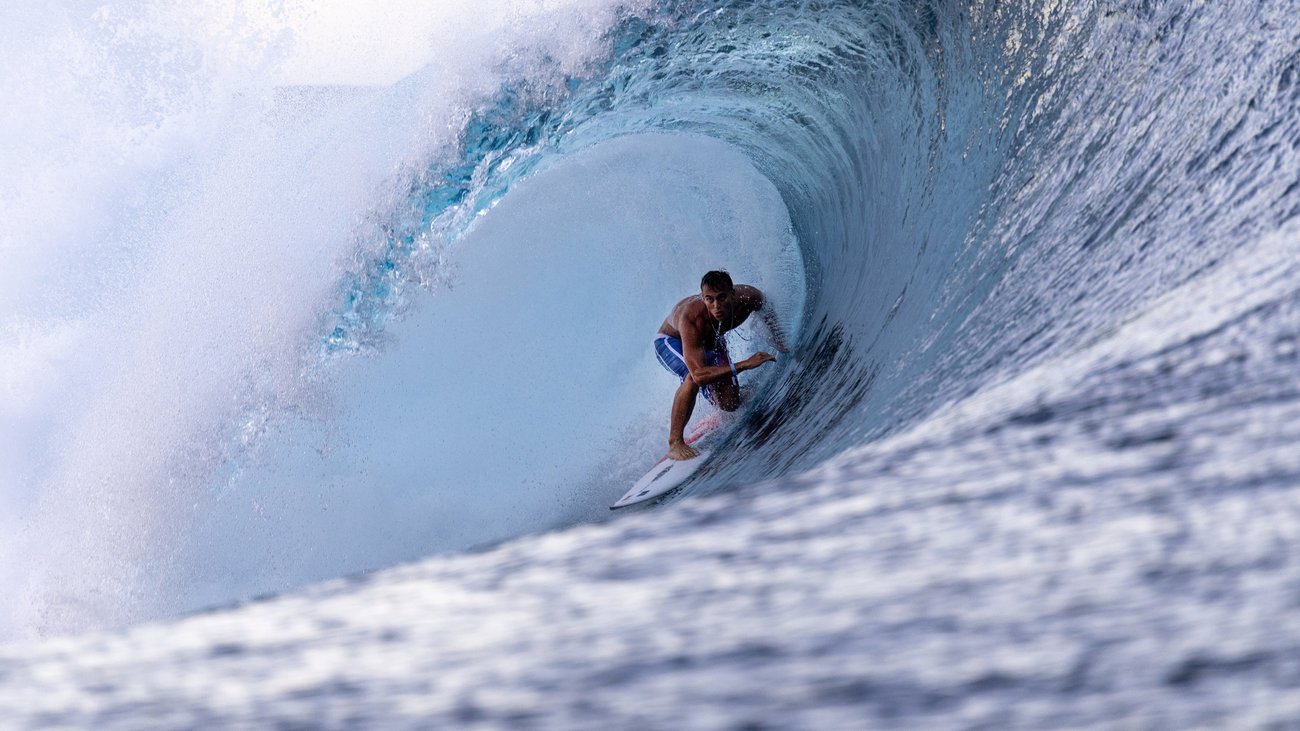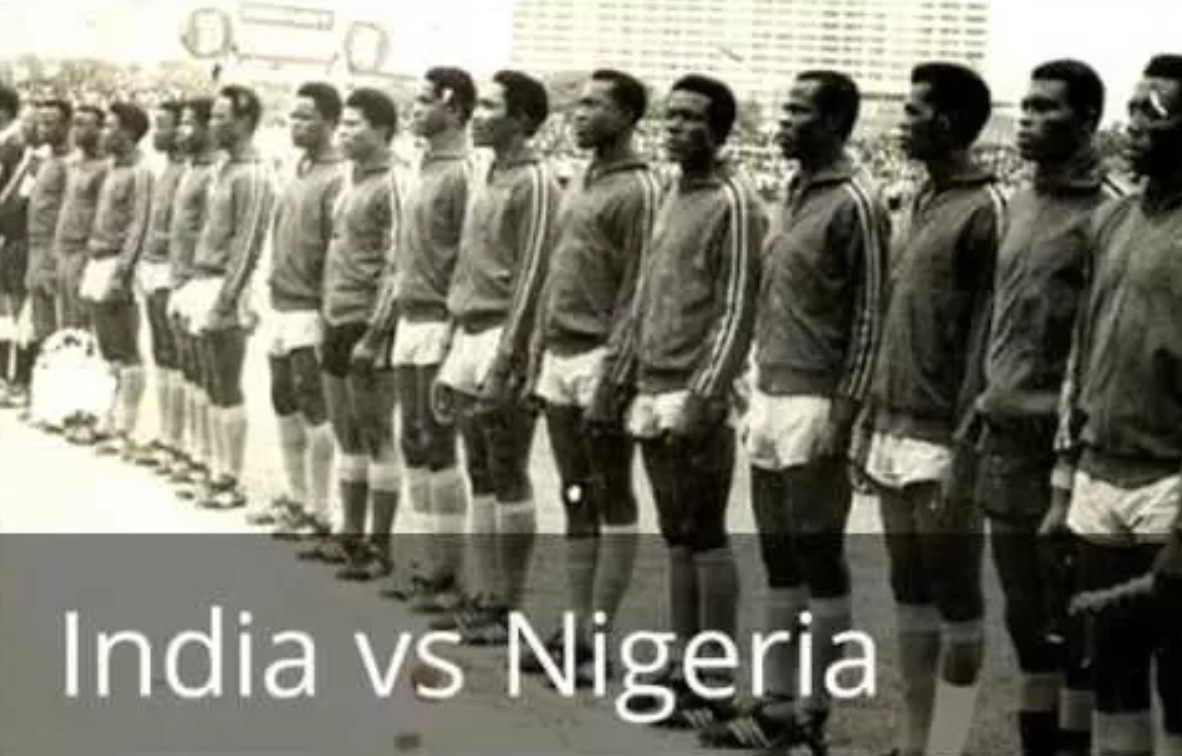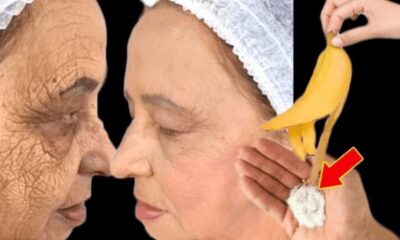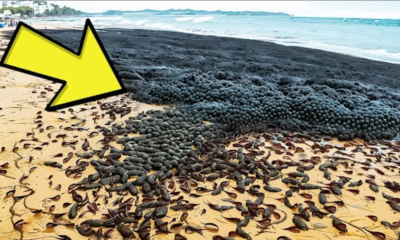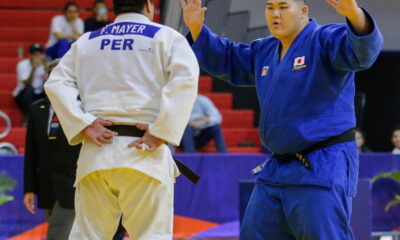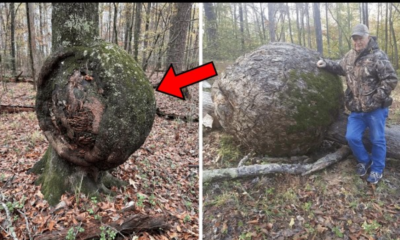The Palace of Versailles, the Grand Palais and the Eiffel Tower are all very nice, but the most extraordinary venue of the Olympic Games is somewhere else: in the small town of Teahupo’o on the island of Tahiti, which is part of French Polynesia. The Olympic surfing competitions will be held there in the South Pacific, 15,700 kilometers away from Paris – there has never been an Olympic competition further away from the actual venue.
The fact that surfing takes place on the other side of the world was not without controversy in the run-up to the Games. For example, the organizers had a new observation tower built for the jury and the press – in the middle of a coral reef. In addition, the time difference means that from a European perspective the competitions take place at night.
You can also surf pretty well on the French Atlantic coast, as countless surf tourists prove every summer. So why all this? The long journey to Teahupo’o is actually worth it – from a sporting and cultural point of view. You could hardly have found a more exciting place for the sport, which is only being held at the Olympics for the second time.
This is primarily due to a natural spectacle that can only be found in Tahiti: the wave of Teahupo’o. Teahupo’o is notorious among surfers as one of the most challenging surf spots in the world, and the wave is one of the most powerful and dangerous in the world. The name Teahupo’o translates as “the wall of skulls”.
The reason for the unique wave lies underwater: off Teahupo’o, the South Pacific meets a coral reef. Currents and winds push the water masses against the reef, which in places is less than a meter below the surface. The waves pile up and then break with tremendous energy. This interaction creates a particularly large number of so-called barrels in Teahupo’o. Riding these tube-like waves and getting out of them safely is the goal of all surfers. The barrels of Teahupo’o are considered to be particularly shapely and consistent, which enables fair competition.
© ZEIT ONLINE
Newsletter
Finally Monday
How do we want to work? What will we do if there is a shortage of millions of skilled workers? And are younger people really as lazy as some older people claim? In our newsletter we answer important questions about the world of work.
By registering, you acknowledge the privacy policy.
Thank you! We have sent you an email.
Check your mailbox and confirm your newsletter subscription.
But the wave-breaking coral reef is also the biggest danger for surfers. Anyone who falls in shallow water can cut themselves on the sharp coral. This happened to Australian Jack Robinson during a training session, but he only suffered minor injuries. In the worst case, cuts from coral can become severely infected, and sea urchins that live in the reef also cause painful wounds. To protect themselves from more serious injuries from falls, many of the Olympic surfers wear helmets. This is rather unusual in the surfing scene, although the sport is never completely safe.
Despite the risk, the surfers are enthusiastic about Teahupo’o’s selection. German Olympic surfer Tim Elter explained in the Frankfurter Allgemeine Zeitung the lure of the place: “You can find the perfect wave, the wave of your life. But it is very dangerous. There is a thin line between the wave of your life and serious injury, in the worst case death.” Both he and his German teammate Camilla Kemp wore helmets for protection during their competitions. Both remained uninjured, but were eliminated in the preliminary round on Monday night despite a good performance. READ FULL STORY HERE>>>CLICK HERE TO CONTINUE READING>>>
Surfer Vahine Fierro, who was born in French Polynesia and competes for France, has known the Teahupo’o wave since she was young. At first she feared it and avoided it, Fierro said before the games. But then she learned to love Teahupo’o: “The best drug you can ever take is a wave in Teahupo’o.” After that, it’s like an addiction.
Vahine Fierro, who was born in Tahiti, says of the Olympic wave: “like a drug.” © Ben Thouard-Pool/Getty Images
For Fierro, Teahupo’o is a special place for other reasons too. Before the start of the Olympic competitions, she performed a traditional water ceremony in the crystal-clear waters of Tahiti to honor her connection with the sea and culture. While the Olympic Games are otherwise dominated by Western sports, the Teahupo’o competition venue also creates space and attention for this diversity.
The origin of surfing in the Pacific region is, in addition to the sporting aspects, the best argument for Teahupo’o. Surfing has been an important part of the cultures there for centuries. The first known written mention of surfing comes from the British researcher Joseph Banks in 1769 – he observed residents of the very island that is now called Tahiti with boards in the waves. However, due to the European colonization of the areas, surfing, like many indigenous cultural practices, was long viewed with suspicion, spurned and hindered.
It was only in the second half of the 20th century that surfing became a symbol of freedom for a young, wild generation in the West, who turned the Polynesian custom into a trendy sport. Hawaii in particular became the epitome of an exotic surfer’s paradise. This made the sport famous and popular, but also glorified its cultural origins.
An important Olympic venue
The fact that surfing is now an Olympic sport is also due to people like the Hawaiian-born and three-time Olympic swimming champion Duke Kahanamoku. He is considered a kind of wave pioneer: As a prominent athlete and Hollywood supporting actor, he popularized surfing in the 1920s. Around 100 years later, Olympic surfing in Teahupo’o underlines the deep cultural roots of the sport in Polynesia. Despite the fact that Tahiti’s affiliation with France is also a relic of the often uncritically viewed colonial era.
Surfing in general and the hosting of the event in French Polynesia are also setting a positive example when it comes to equal rights for men and women. The 48 starting positions at the Olympics are equally distributed, even if only men and only women have qualified for some of the 21 participating countries. The Olympic jury is made up of only men, which is attributed to structural shortcomings in the associations. But surfing is a sport in which more and more women, especially young women, are becoming active. In many parts of the world, there are surfing programs designed to strengthen women’s rights, including in many Pacific countries. In addition to powerful waves for surfing, Tahiti and Teahupo’o also offer a suitable backdrop for the wave of equality.
So if you let the Tahitian waves crash around your ears despite the late-night broadcast time, you will not only learn countless wonderful anglicisms of the surfing language. The host city of Teahupo’o makes it clear what the Olympics can stand for: for spectacular sport at the highest level, for cultural diversity and social equality. What’s more, Tahiti’s nature is at least as impressive as Versailles, the Grand Palais or the Eiffel Tower.
The Palace of Versailles, the Grand Palais and the Eiffel Tower are all very nice, but the most extraordinary venue of the Olympic Games is somewhere else: in the small town of Teahupo’o on the island of Tahiti, which is part of French Polynesia. The Olympic surfing competitions will be held there in the South Pacific, 15,700 kilometers away from Paris – there has never been an Olympic competition further away from the actual venue.
The fact that surfing takes place on the other side of the world was not without controversy in the run-up to the Games. For example, the organizers had a new observation tower built for the jury and the press – in the middle of a coral reef. In addition, the time difference means that from a European perspective the competitions take place at night.
Related
